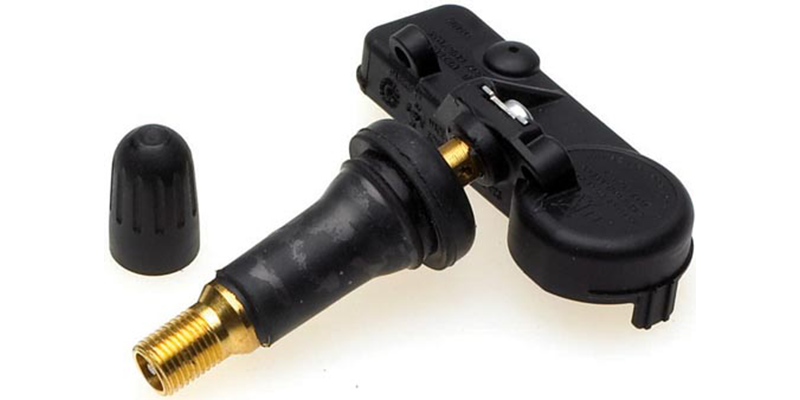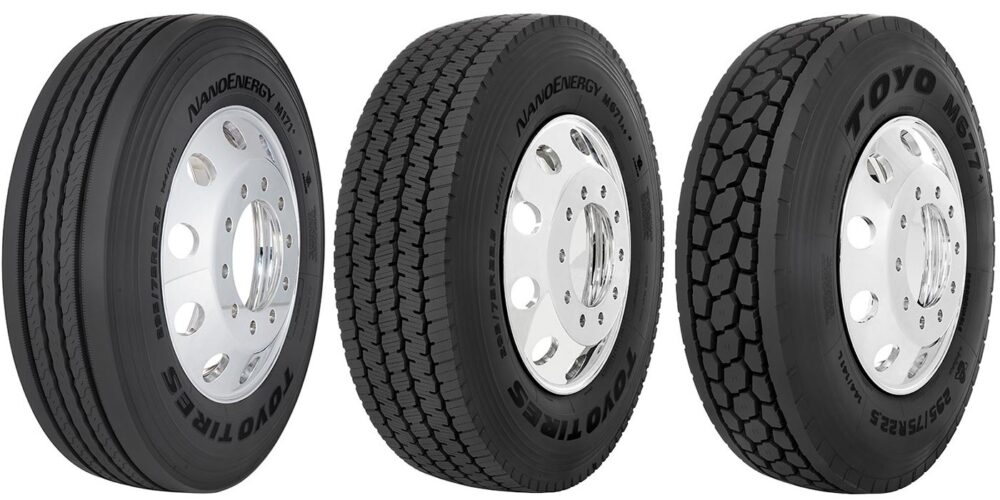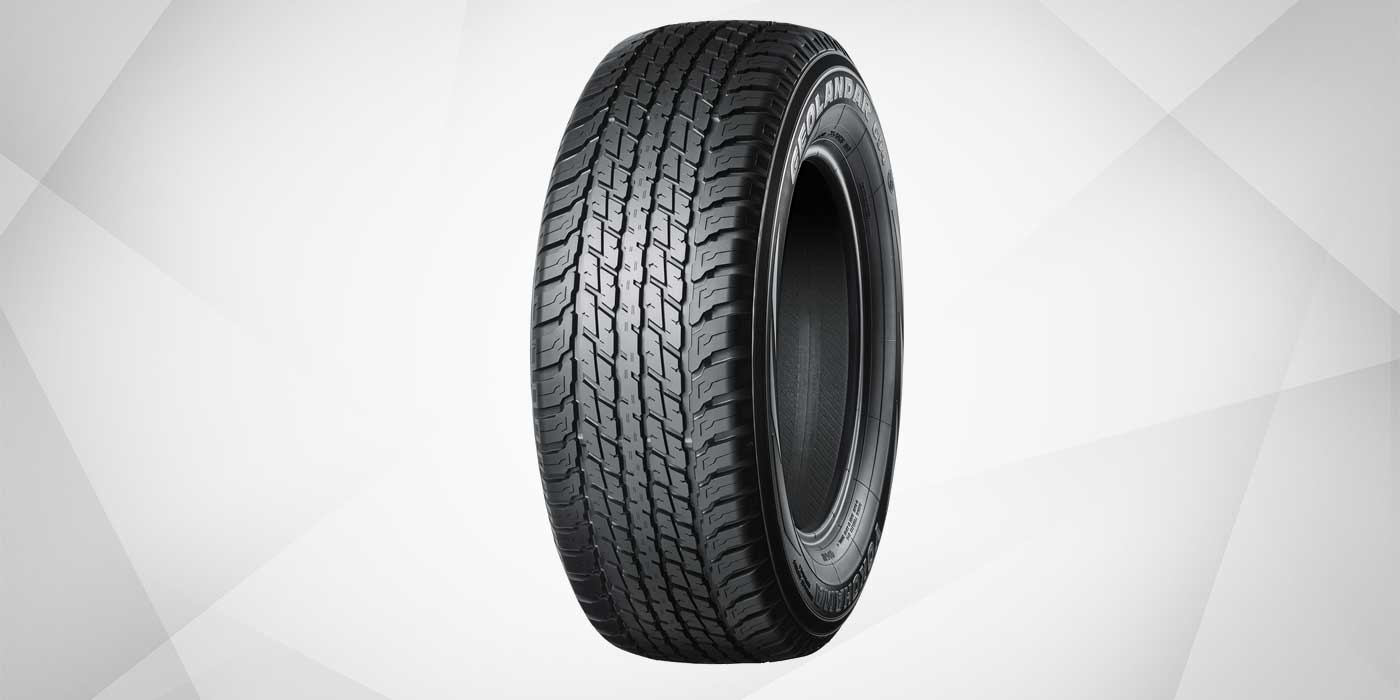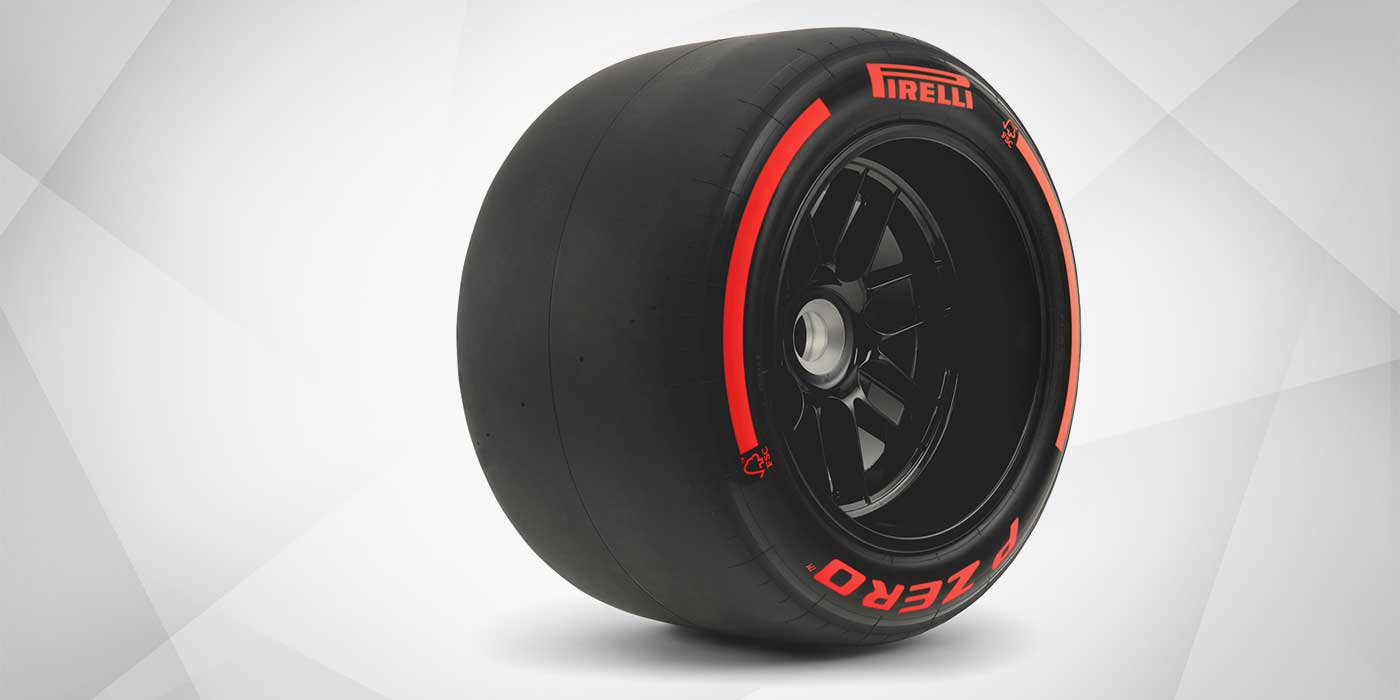
When that dashlight turns on for customers experiencing indicating a tire pressure concern, there are standard relearn procedures for TPMS systems. While standard, these can vary by make and manufacturer. To help, we offer this roundup of TPMS advice and procedures for domestic vehicles – specifically Chrysler, GM and Ford passenger vehicles.
Chrysler TPMS
Chrysler uses a Schrader Electronics or VDO TPMS system on just about every late-model vehicle. Chrysler has never used a band sensor in any of its platforms. On some 2004 and 2005 models, Chrysler had different TPMS options on one vehicle platform, depending on if the vehicle was equipped with AWD or if the system was optional or standard.
On early TPMS-equipped models, the static relearn process requires a relearn procedure to be initiated on the vehicle’s information center display, followed by an activation of each TPMS sensor, one-by-one, so that each TPMS sensor’s unique ID number is loaded into the wireless control module.
The best way to reprogram Chrysler systems is with a scan tool or TPMS-specific tool. These tools are not only faster, but they also provide the ability to confirm that the system has been reset, which can save your shop a comeback. Using a scan tool or TPMS tool can also diagnose faulty sensors and weak batteries.
Most 2004 to Current Chrysler Models
Method 1
1.Fill tires to appropriate psi and compensate for temperature.
2. Turn the ignition to the “On” position, but do not turn on the engine.
3. Press the “Menu” button on the EVIC until the screen reads “Retrain Tire Sensor – No.”
4. Press the “Step” button to confirm the relearn process.
5. Press “Menu” again, and the display should read “Train Left-Front Tire.”
6. Place the relearn magnet on the left-front tire’s valve stem until the horn sounds.
7. Continue the same process for the other tires in a clockwise pattern.
8. The display should read “Training Complete.” Then press the “Step,” “C/T,” “Reset” and “Menu” buttons to complete the procedure.
Method 2
1. Inflate the tires to the appropriate PSI.
2. Drive the car for at least 10 minutes and maintain speeds above 15 mph.
Exceptions:
2002-‘04 300M (Option)
2004-‘08 Crossfire (incl. SRT6)
2002-‘03 Caravan 4×4
- Inflate all tires to the correct pressure specifications indicated on the vehicle tire placard and then calculate for air temperature.
2. Press the “Menu” key on the vehicle information center until “Retrain Tire Sensors-No” is displayed.
3. Press the “Step” button until “Yes” appears.
4. Press the “Menu” button to select “Yes,” causing the display to read “Train Left-Front Tire.”
5. Place the activation tool on the left-front tire valve stem. The tool should remain in place for approximately five seconds until the horn sounds.
6. Repeat the procedure in this sequence: right-front, right-rear, left-front and spare.
7. After all four or five sensors have been reset, the electronic vehicle information center will display: “Training Complete.” If “Training Aborted” appears on the electronic vehicle information center at any time, move the vehicle ahead at least one foot and restart the procedure.
8. Press either “Menu,” “Reset,” “Step” or “C/T” on the electronic driver information center to exit the reset procedure.
The learn mode will cancel if the system is not re-trained within the allotted time, and the procedure will have to be repeated for all tires.
General Motors TPMS
General Motors’ TPMS on Buick, Pontiac, Chevrolet, GMC Cadillac and Hummer models are some of the easiest to service if you have the right tools and knowledge. Starting in 2007, most vehicles use a Schrader- or VDO-manufactured system that shares the same relearn procedures and behaviors. There are exceptions, like the Pontiac Vibe.
• The antenna and receiver are the same that are used for the keyless entry system. The antenna is typically sandwiched between the layers of glass in the front or rear, but some vehicles have dedicated antennas mounted in various places.
• If the keyless entry module is replaced, the sensors, as well as the key fobs, must be relearned.
• When the TPMS tool produces a low-frequency transmission that activates the sensor, the sensor responds by transmitting in learn mode.
• Perform the TPMS relearn procedure away from the shop in the parking lot. This decreases the chances of other radio signals interfering with the relearn process.
• If you cannot get a sensor to initialize, try pushing the vehicle forward a foot or two. The signals can be blocked by components like rotors, calipers and knuckles. Repositioning the sensor may unblock the signal. This is far more common on the front wheels.
TPMS Sensor Matching
1. Set the parking brake.
2. Turn the ignition switch to “On/Run” with the engine off.
3. Press and hold the keyless entry fob transmitter’s “Lock” and “Unlock” buttons at the same time for about five seconds to start the TPMS learn mode. The horn sounds twice, indicating the TPMS receiver is ready and in learn mode. Once the learn mode has been enabled, each of the sensors’ unique identification codes can be learned.
4. Starting with the left-front tire, activate the sensor by holding the TPMS tool aimed upward against the tire sidewall, close to the wheel rim at the valve stem location. Press and release the activate button and wait for a horn chirp.
5. When a sensor ID has been learned, the module sends a serial data message to the BCM to sound a horn chirp. This verifies that the sensor has transmitted its ID and has received and learned it. The module must learn the sensor IDs in the proper sequence to determine each sensor’s location. The first learned ID is assigned to the left-front location, the second to right-front, the third to right-rear and the fourth to left-rear. On most models, the turn signals will individually illuminate indicating which location is to be learned in the proper sequence.
Troubleshooting
The learn mode will cancel if the ignition is cycled to “Off,” or if more than two minutes has elapsed for any sensor that has not been learned. If the learn mode is canceled before the first sensor is learned, the original sensor IDs will be maintained. If the learn mode is canceled after the first sensor is learned, the following will occur:
• All stored IDs will be invalidated in the RCDLR memory.
• If equipped, the DIC will display dashes instead of pressures.
• DTC C0775 will be set.
These conditions will now require the learn procedure to be repeated for the system to function properly.
Ford TPMS

From 2006-‘09, Ford mounted banded TPMS sensors in the center of the rim, 180º from the valve stem. In 2010, Ford reverted to the valve stem-mounted sensors.
2002-‘05 Direct Systems, 2006 Expedition
Ford systems use the unique ID numbers of the sensors that have to be registered along with their position on the car with the tire pressure monitor ECU.
This process requires the activation of the TPMS sensors using a low-frequency radio signal tool or magnet to excite the sensors so UHF data is transmitted. The transmitted data includes the TPMS ID, the pressure and the temperature. If a TPMS sensor or its position on the car is changed without re-registering the IDs, the TPMS warning light will turn on and stay on until the IDs are re-registered.
1. Turn the ignition switch to the “Off” position.
2. Turn the ignition switch to the “Run” position three times, ending in the “Run” position. Do not wait more than two minutes between each key cycle.
3. Press and hold the brake pedal.
4. Turn the ignition switch to the “Off” position.
5. Turn the ignition switch to the “Run” position three times, ending in the “Run” position. Do not wait more than two minutes between each key cycle.
6. When the message center displays “Train Left-Front Tire,” place the magnet on the valve stem of the left-front tire pressure sensor. The horn will sound briefly to indicate that the tire pressure sensor has been recognized by the TPMS module.
7. Within two minutes after the horn sounds, place the magnet on the valve stem of the right-front tire.
8. Repeat Step 7 in sequence for the right-rear, left-rear and spare tire.
NOTE: If the TPMS module does not recognize any one of the five tire pressure sensors during the tire training procedure, the horn will sound twice and the message center will display “Tire Training Mode Incomplete” and the procedure must be repeated.
When the tire training procedure is complete, the horn will sound twice and the message center will display “Tire Training Mode Complete.”
2006-‘12 Models; 2005 Escape, Edge and Mariner
If the vehicle has been stationary for more than 30 minutes, the sensors will go into a “sleep mode” to conserve power. The sensors will need to wake up first so they can transmit the latest tire pressure information to the smart junction box (SJB).
Activation
1. Turn the ignition switch to the “On” position.
2. Position the TPMS tool against the left-front tire sidewall, 180º from the tire valve stem. The TPMS tool must remain in place 180º from the valve stem for 2007-‘09 models with banded sensors, and directly below the valve stem on the sidewall for 2010-‘11 models with the valve stem-mounted TPMS sensors.
3. NOTE: Press the test button on the TPMS tool to activate the sensor. The TPMS tool will provide feedback in the form of a flashing green light and a beep sound for each successful response from a sensor.
4. Repeat Steps 2 and 3 for the remaining tires.
Relearn Procedures
- Turn the ignition switch to the “Off” position. Then, press and release the brake pedal.
2. Cycle the ignition switch from the “Off” position to the “Run” position three times, ending in the “Run” position.
3. Press and release the brake pedal.
4. Turn the ignition switch to the “Off” position.
5. Turn the ignition switch from the “Off” to the “Run” position three times, ending in the “Run” position. The horn will sound once and the indicator will flash if the training mode has been entered successfully. If equipped, the message center will display “Train Left-Front Tire.”
6. It may take up to six seconds to activate a sensor. Press and release the test button on the TPMS tool. The horn will sound briefly to indicate that the tire pressure sensor has been recognized by the vehicle.
7. Within two minutes of the horn sounding, place the TPMS tool on the correct position for the sensor and release the test button to train the right-front tire pressure sensor.
8. Do not wait more than two minutes between training each sensor or the SJB will time out and the entire procedure must be repeated. Repeat Step 7 for the right-rear and then the left-rear.
The procedure is complete after the last tire has been trained. When the training procedure is complete, the message center (if equipped) will display “Tire Training Complete.”
For vehicles that are not equipped with a message center, successful completion of the training procedure will be verified by turning the ignition switch to the “Off” position without the horn sounding. If the horn sounds twice when the switch is turned to the “Off” position, the training procedure was not successful.













